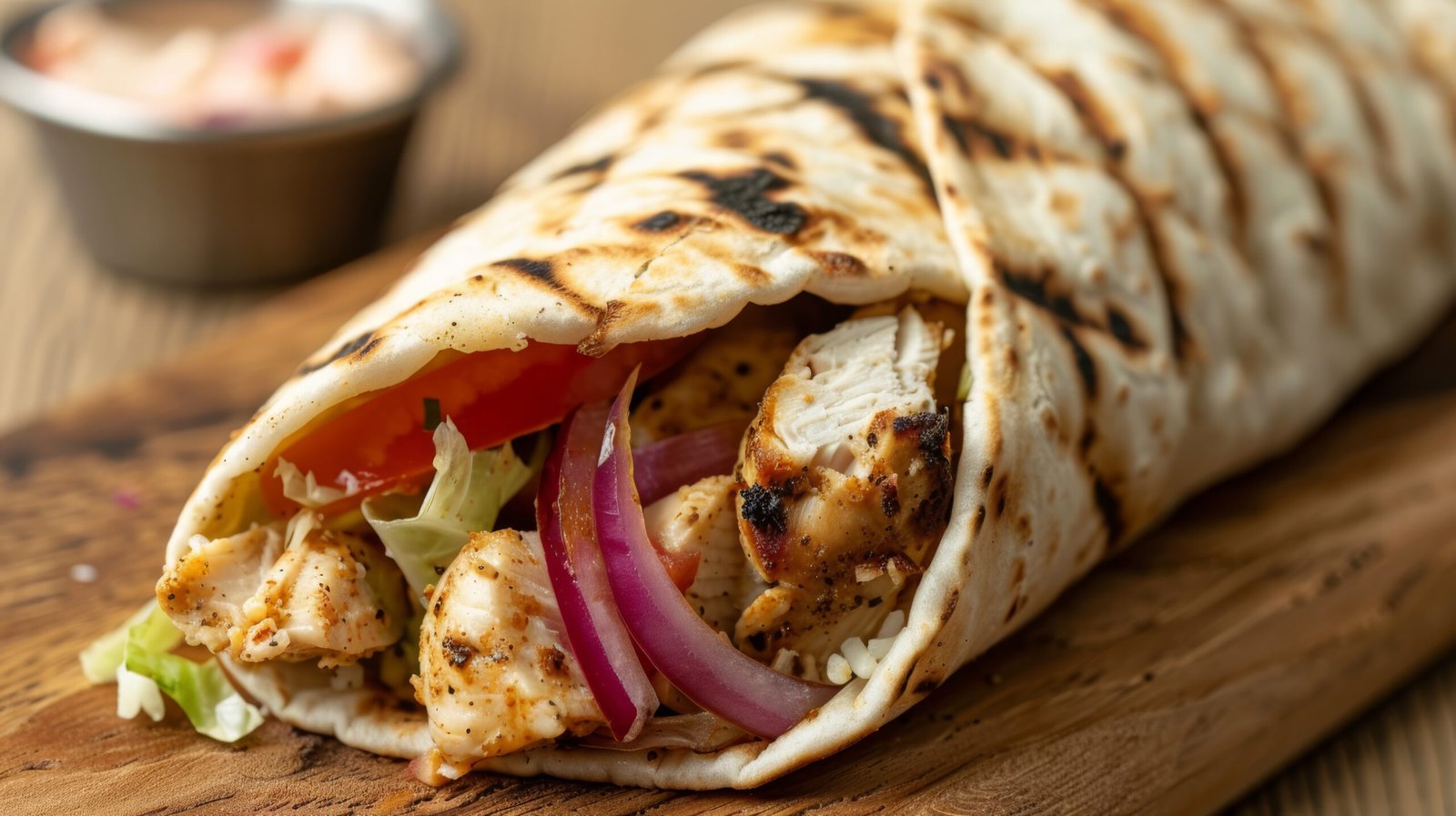How to Create a Balanced Weekly Meal Plan
Are you tired of staring at your fridge every night, trying to figure out what to make for dinner? Or maybe you find yourself grabbing unhealthy takeout way too often because you just don’t have the time or energy to cook? If this sounds like you, then it might be time to start planning out your meals for the week. And I’m not just talking about throwing together a quick grocery list – I’m talking about creating a balanced, nutritious, and delicious weekly meal plan.

I know, I know – meal planning can seem like a daunting task, especially if you’re not used to doing it. But trust me, it’s so worth it! Not only will it save you time and money, but it can also have a huge impact on your overall health and well-being. When you have a solid plan in place, you’re much less likely to fall into the trap of eating junk food or skipping meals altogether. Plus, you’ll be able to enjoy a wider variety of wholesome, homemade meals that’ll leave you feeling nourished and energized.
Ready to get started? Here’s your step-by-step guide to creating a balanced weekly meal plan:

Assess Your Needs and Preferences
The first step in creating a balanced meal plan is to take a good look at your lifestyle, dietary needs, and food preferences. Think about things like how many people you’re cooking for, any dietary restrictions or allergies, and the types of meals your family enjoys. This will help you tailor your plan to your unique situation and ensure that everyone is happy and satisfied.

Aim for Balance and Variety
When it comes to a balanced meal plan, the key is to include a variety of nutrient-dense foods from all the major food groups – fruits, veggies, whole grains, proteins, and healthy fats. This will ensure that you’re getting a well-rounded mix of vitamins, minerals, and other important nutrients. Try to incorporate different colors, flavors, and cooking methods throughout the week to keep things interesting and prevent palate fatigue.

Plan for Leftovers
One of the biggest benefits of meal planning is that it can help you make the most of your time and ingredients. When you’re prepping a larger meal, try to make extra servings that you can repurpose later in the week. Leftover chicken, for example, can be used in salads, sandwiches, or even as a topping for a pizza. Getting creative with leftovers is a great way to save time and money while still enjoying a variety of tasty, homemade meals.

Include Quick and Easy Meals
While it’s important to have a good balance of more involved recipes in your meal plan, you’ll also want to make sure you have some quick and easy options for those busy weeknights. Things like stir-fries, one-pan dinners, and even simple salads can be just as nutritious and satisfying as more complex dishes, but with a fraction of the prep time. Having these kinds of easy-to-make meals in your rotation can help ensure that you always have a healthy option on hand, even when time is tight.

Don’t Forget Snacks and Sides
In addition to your main meals, it’s also a good idea to plan out some healthy snack and side dish options. Things like fresh fruits, veggies with hummus, yogurt with berries, and whole grain crackers can be great for curbing hunger between meals. And when it comes to sides, simple steamed or roasted veggies, whole grain breads, and simple salads can really help round out your meals and add extra nutrition.

Mix in Some Meatless Meals
Incorporating more plant-based meals into your weekly rotation is a great way to boost your intake of fiber, antioxidants, and other important nutrients. Dishes like lentil stews, veggie-packed stir-fries, and bean-based burritos can be just as satisfying as their meat-based counterparts, but with the added benefit of being better for both your health and the environment.

Plan for Treats and Indulgences
While it’s important to focus on wholesome, nutrient-dense foods, it’s also okay to leave room for the occasional treat or indulgence. Whether it’s a slice of homemade pizza on Friday night or a decadent dessert, allowing yourself to enjoy these types of foods in moderation can actually help you stick to your healthy eating plan in the long run. The key is to strike a balance and not deprive yourself.

Get the Whole Family Involved
Meal planning isn’t just a solo activity – it can be a great way to get the whole family involved in the process. Involve your kids in the menu planning, grocery shopping, and even the meal preparation. Not only will this help teach them important life skills, but it can also make the whole experience more fun and engaging for everyone.

Batch Cook and Prep Ahead
One of the biggest time-savers when it comes to meal planning is batch cooking and prepping ingredients ahead of time. On your designated meal prep day, spend some time chopping veggies, cooking grains, and even assembling certain components of your meals. That way, when it’s time to actually cook, you’ll have a lot of the prep work already done, making the whole process faster and easier.

Use Helpful Tools and Resources
These days, there are all kinds of fantastic apps, websites, and other resources available to help make meal planning a breeze. From recipe databases and meal planning templates to grocery list generators and meal delivery services, there are tons of tools out there to support your healthy eating goals. Don’t be afraid to experiment and find the ones that work best for you.

Be Flexible and Adjust as Needed
It’s important to remember that your meal plan is just a framework – it’s not set in stone. Life happens, and sometimes things don’t go according to plan. If you need to switch up a meal or grab takeout one night, don’t beat yourself up. The key is to stay flexible and make adjustments as needed. The goal is to create a plan that supports your lifestyle, not one that adds more stress.

Keep It Simple and Sustainable
When it comes to meal planning, the most important thing is to find an approach that feels manageable and sustainable for you. Don’t try to overhaul your entire diet all at once or plan out every single meal down to the minute detail. Start small, focus on building healthy habits, and don’t be afraid to experiment until you find a system that works for your unique needs and preferences.

Creating a balanced weekly meal plan might seem like a lot of work at first, but trust me, it’s so worth it in the long run. Not only will it save you time, money, and stress, but it’ll also help you and your family enjoy healthier, more satisfying meals all week long. So what are you waiting for? Grab a pen and paper (or open up a new document on your computer) and let’s get planning!



















0 Comments